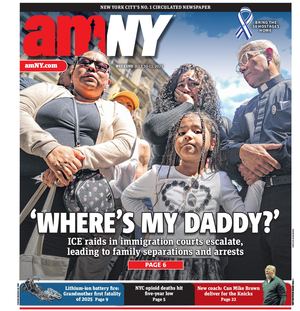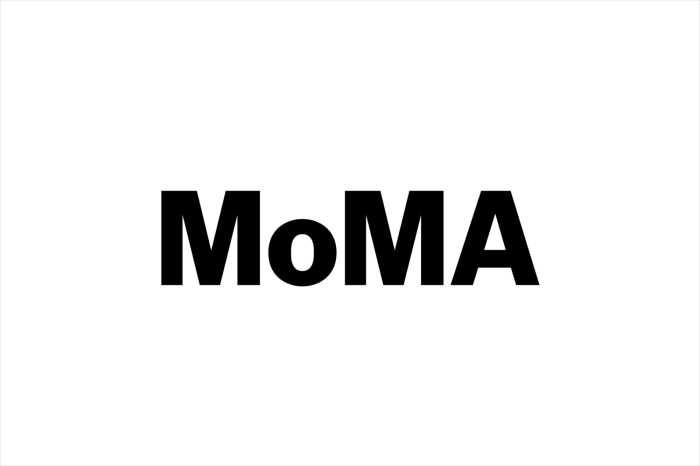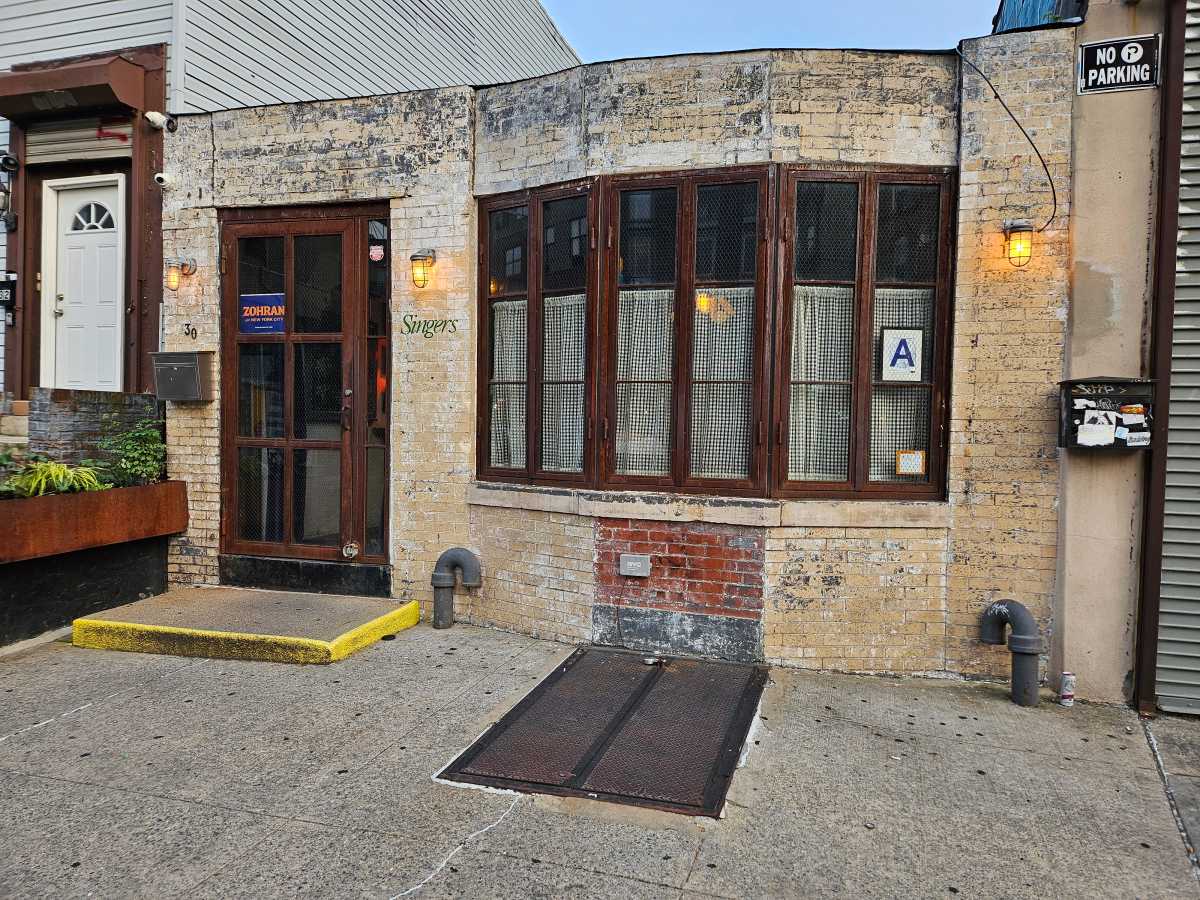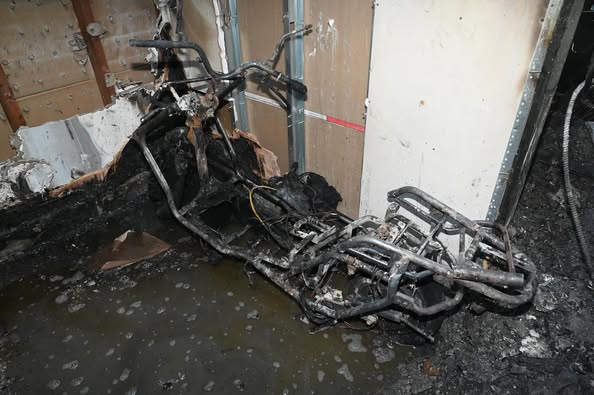In June, while working on an investigative article on the reasons why St. Vincent’s Hospital closed, The Villager asked the state Department of Health a number of questions, including, specifically, whether Health Commissioner Richard Daines had backed the closure of St. Vincent’s, and if he had refused to provide transition funds to Mt. Sinai Medical Center that would have allowed an eleventh-hour takeover of St. Vincent’s. Diane Mathis, a Health Department spokesperson, e-mailed The Villager the following responses and comments, including the reasons why state D.O.H. did not see St. Vincent’s Hospital as having a viable future:
• The State Health Department did not advocate for, nor in any way support or encourage, the closure of St. Vincent’s.
• The Department worked very hard as part of the Governor’s Task Force to find a viable solution for St. Vincent’s.
• However, at a time when the State is facing a $9.2 billion deficit, the Department had to be honest with all stakeholders that the State was not in a position to provide hundreds of millions of dollars needed to keep the hospital running.
• In the end, it was hard for many to accept the reality that no one — not government, nor other health care entities, nor the hospital’s long-term supporters – was able to save the hospital.
• If St. Vincent’s were to be saved, it had to save itself by adopting a different business model many months, even years ago, before it’s financial condition went from bad, to worse, to catastrophic.
• The State Health Department understood the importance of St. Vincent’s to Greenwich Village and New York City. That’s why the department had been working with the hospital for one and a half years to help them find a viable solution.
• For whatever reasons, the hospital leadership has not been able to take the steps that other hospitals have taken in New York City to adopt a different business model, strengthen its competitive edge, and remain financially solvent in a changing health care market.
• St. Vincent’s has a long history of financial troubles dating back far before the problems of the last few months came to light. It filed for Chapter 11 in 2005 and emerged from bankruptcy in 2007.
• Since the fall of 2008 the State Health Department had been meeting with the hospital leadership to help them restructure to become a viable business model.
o In the context of that restructuring planning the State committed to a $15 million discretionary grant for St. Vincent’s under the HEAL NY program.
o Prior to that the State awarded St. Vincent’s a $25 million HEAL NY grant that was to involve a collaborative project with NYU Medical Center.
o In each of the cases St. Vincent’s was unable to follow through with the restructuring steps on which they had based their applications for funding, and therefore never received that funding
• The hospital’s business model as a stand-alone community hospital just doesn’t work for most hospitals in today’s competitive health care market.
• If you are the only stand-alone hospital in a community, you might be able to operate that way. But that model doesn’t work in a large city where there are other hospitals competing for the same patients.
• Keep in mind that today’s market is one in which managed care plans are the primary payers. Hospital reimbursement rates today are negotiated in a free-market environment. And much of health care that used to be provided in inpatient settings has moved to outpatient settings.
• Hospitals in the strongest bargaining position to negotiate good reimbursement rates with health insurance plans are those that establish a large market share by developing partners and creating large health care systems that not only include hospital services but provide a wide range of primary and preventive services in the community.
• A single stand-alone hospital is in a weakened position to negotiate competitive reimbursement rates, because the health plans can just negotiate with other hospital systems serving the same area and can even exclude the stand-alone hospital from coverage by its plan.
• Academic medical centers are considered the lions in today’s health care market because they have the size, the reputation for quality, and the physicians, modern equipment and services that patients and health plans prefer. That’s why the State health Department constantly urged St. Vincent’s to partner with a major academic medical center.
• Not only did St. Vincent’s not find a partner, it failed to implement fiscal controls that would stop the financial bleeding. It continued to spend far more than it took in.
• You can’t lose $80 million in one year – which it did in 2009 – and have an additional legacy debt of $700 million — and still survive.
• St. Vincent’s continued to try to operate as a stand-alone hospital – but also as a major teaching hospital in which it carried all the costs and programs associated with being a major teaching hospital – while failing to win a major share of the market.
• Of total inpatient hospital admissions for residents residing in the 11 zip codes closest to St. Vincent’s, only 14 percent went to St. Vincent’s.
• That means that 86 percent of the area’s inpatient admissions were already heading to other hospitals. People choose hospitals with their feet and the majority of the residents of Greenwich Village and the surrounding area has preferred other hospitals.
• St. Vincent’s had a Trauma Care program – which cost millions to support – and handled less than 1 trauma case per day.
• In Emergency Department volume, St. Vincent’s ranked 8th out of 16 hospitals in Manhattan.
• As part of the Berger Commission plan adopted by the State Legislature, two other Manhattan Catholic hospitals – Cabrini and St. Vincent’s Midtown – had closed early. One would have expected that many of the residents who had been using those two hospitals would have switched to St. Vincent’s Manhattan. But even the closing of those two Catholic hospitals didn’t help St. Vincent’s.
• St. Vincent’s financial condition was not due to serving a disproportionate share of uninsured patients. In 2008 (latest data available) about 3 percent of the hospital’s inpatient visits were provided to uninsured or otherwise uncompensated care, and about 9 percent of its outpatient visits were for uninsured. Many hospitals in New York City provide a much higher proportion of uninsured care.
• Right up until the decision by St. Vincent’s board to close, everyone had been working hard to help St. Vincent’s identify a partner that could make it financially viable.
• Governor Paterson became personally involved in the effort to assist St. Vincent’s and established a special Task Force consisting of many stakeholders to help identify creative solutions.
• The State provided two loans totaling $9 million which, along with private support, allowed St. Vincent’s to continue to meet its payroll while it searched for viable options.
• A major focus of these efforts was to identify another hospital system that would partner with St. Vincent’s.
• Prior to St. Vincent’s decision to close, 6 hospitals conducted a good faith review to determine if they could partner with St. Vincent’s to keep it operating. All 6 concluded that such a partnership was not economically feasible.
• When the hospital was unable to find an operating partner, the hospital’s Chief Restructuring Officer reported it needed $300 million to continue operations as a stand-alone facility, an amount beyond the financial capability of the State as well as private investors.
• The State Health Department would have been thrilled had Mount Sinai or any other hospital been able to partner with St. Vincent’s. Mount Sinai ultimately determined that a partnership with St. Vincent’s wasn’t economically feasible. You can’t fault Mount Sinai for that. Neither the Commissioner nor the Department disapproved of a merger. There was never a formal proposal. The Department was clear to all hospitals that looked over St. Vincent’s that the State was not in a financial position to provide hundreds of millions of dollars to assist with a merger.
• Once the St. Vincent’s Board of Directors made the decision to close the hospital, the role of the State Health Department was to ensure a safe and orderly transition of patients and to make sure that residents continued to get access to critical outpatient services.
• On April 26, the State announced $14 million in grants to support an urgent care facility and other health care services in Greenwich Village for patients displaced by the closure of St. Vincent’s. Here’s the link to the press release on those grants.
https://www.ny.gov/governor/press/042610Health.html
• The State is also providing assistance to help health care workers train for new positions and transition to new jobs. On April 16 the State announced the awarding of $18.5 million in state Health Workforce Retraining funds made available through New York’s Health Care Reform Act. Here’s the link to that release:
https://www.nyhealth.gov/press/releases/2010/2010-04-16_health_care_workforce_retraining.htm
• Of the $18 million total funding, nearly $13 million is targeted for organizations in New York City, including 1199, the health care workers union, the Health and Hospitals Corporation of NYC, and the Greater New York Hospital Association.
• A portion of that funding is available to help employees of St. Vincent’s transition to new positions.
• Health care is one of NYC’s largest employment sectors, with continued hiring occurring, and we expect that most employees of the hospital will be able to find new positions.
• We know that many area hospitals have already provided temporary certifications that are allowing physicians to transfer to their hospitals.
• If there are any lessons to be learned from St. Vincent’s experience, it’s that in today’s highly competitive market no hospital can assume that because of its history in the community or it dedication to serving patients that it will survive. The hospital has to make itself competitive and have a solid business model.
• Very few hospitals can make it as a stand-alone in the City. Lenox Hill Hospital is another example of a stand-alone and it is in final negotiations to partner with the North Shore/LIJ health care system
• The ways hospitals make themselves competitive in today’s health care market are by:
o Partnering with other health care institutions to expand their bargaining power with managed care plans;
o Integrating services so that hospitals serving the same area don’t compete with each other to provide the same services;
o And providing primary and preventive services and other outpatient services at convenient community locations.
• Currently, the number of hospital beds in Manhattan appears to be adequate to meet need. Should an organization submit a proposal to create a new community hospital and have adequate financing, DOH would consider that proposal as it would any proposal brought to the department regarding the establishment of new health care entities. However, we do not have any indication that there is such a proposal in the making at this time.
Diane Mathis
Deputy Director
Public Affairs Group
NYS Department of Health





































